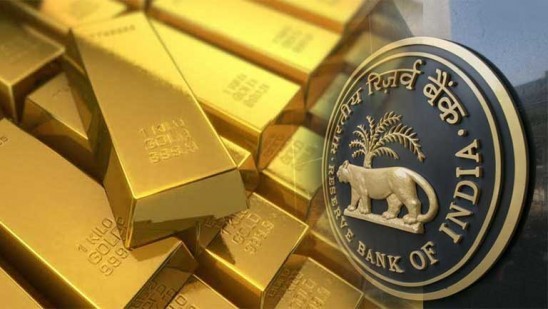Free Courses Sale ends Soon, Get It Now


Free Courses Sale ends Soon, Get It Now



Disclaimer: Copyright infringement not intended.
Context
Trends of RBI’s Gold Reserves
So why are these reserves increasing?
Which other Banks are buying Gold?
FOREX RESERVES: https://www.iasgyan.in/daily-current-affairs/forex-reserves-35
Gold is a good hedge
Role of gold in the economy
|
PRACTICE QUESTION Q) The RBI has been building up its gold reserves for the last five-six years. Give reasons. What is the role of Gold in an Economy? |
© 2024 iasgyan. All right reserved